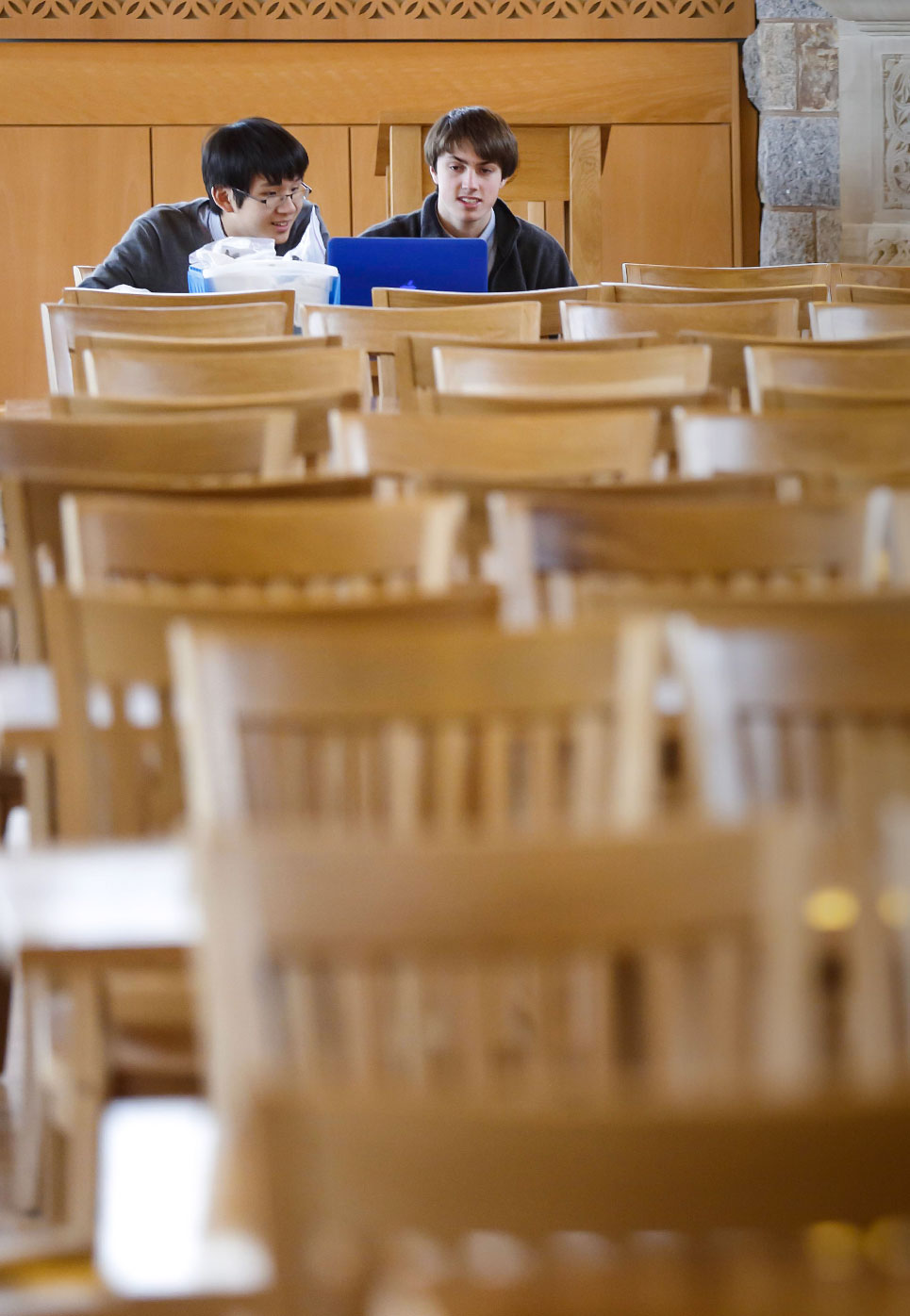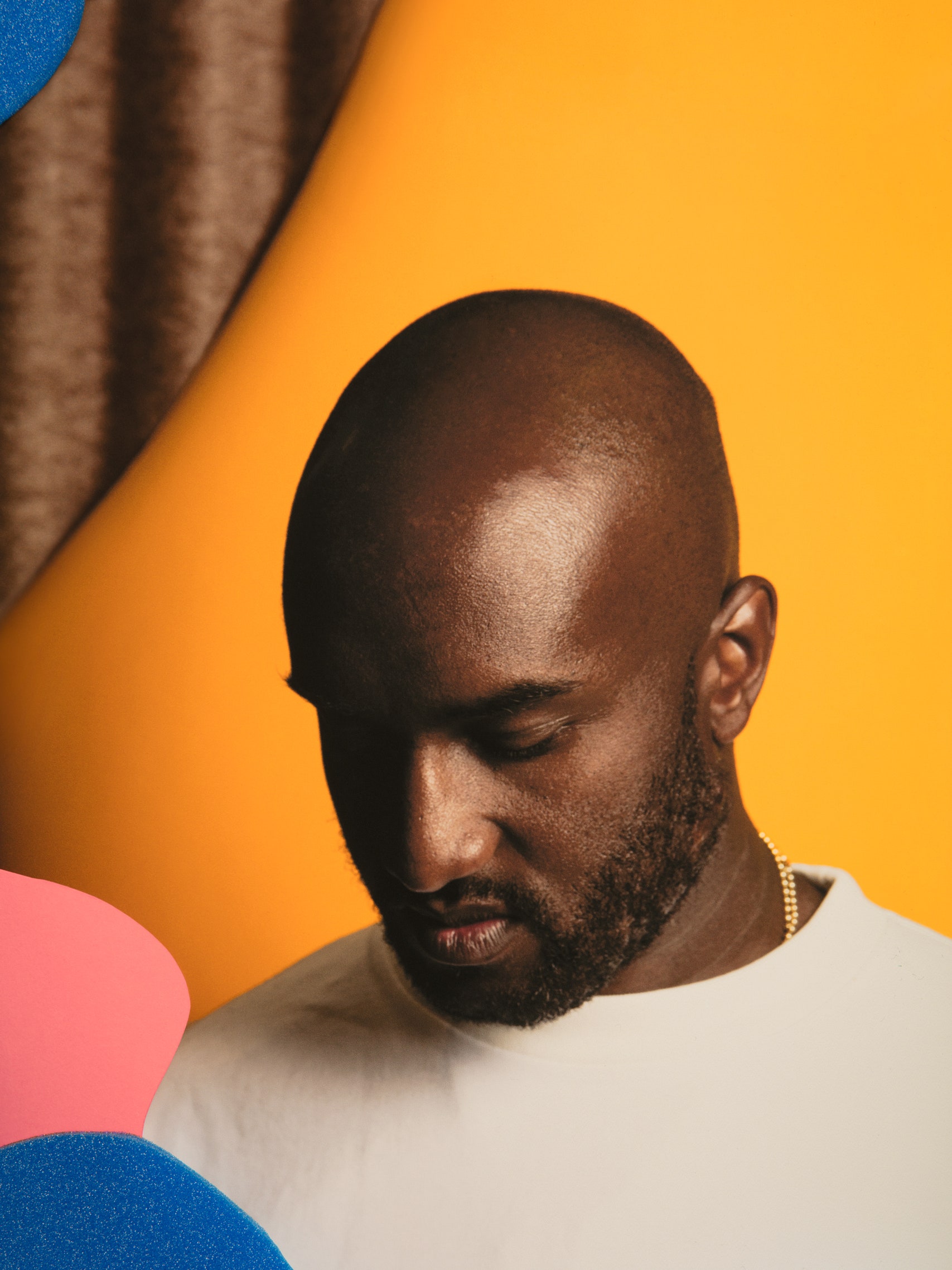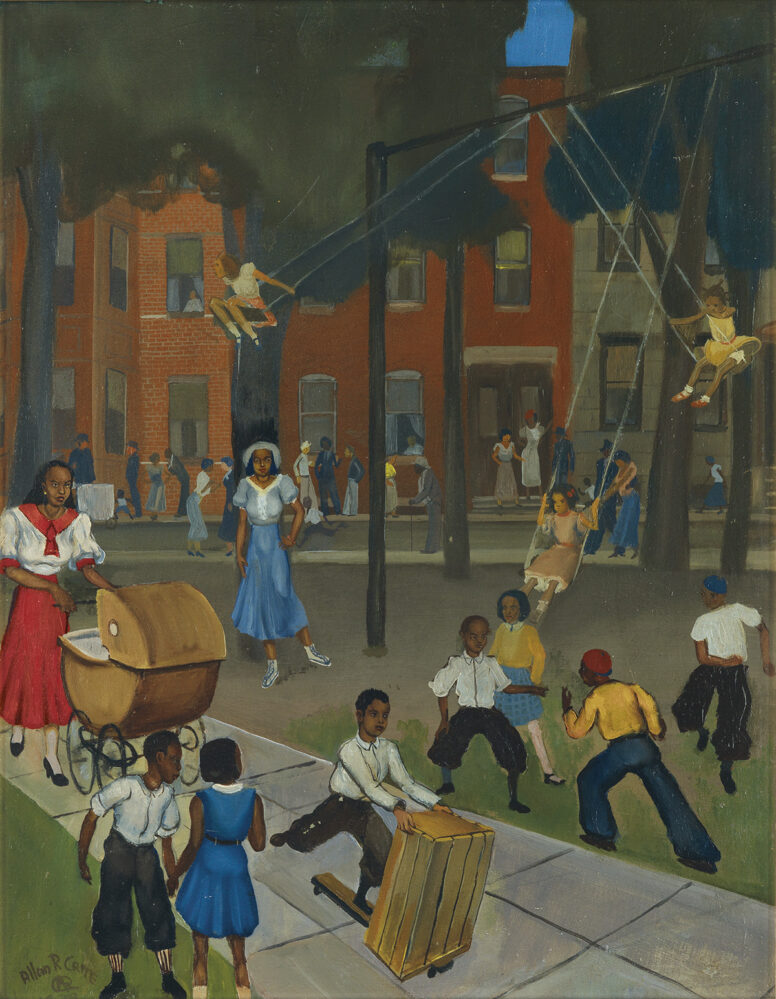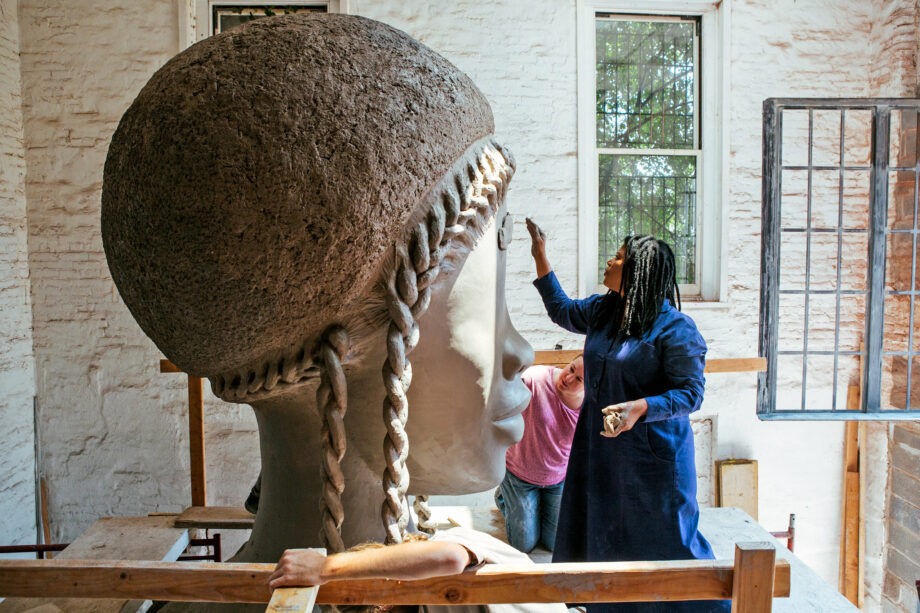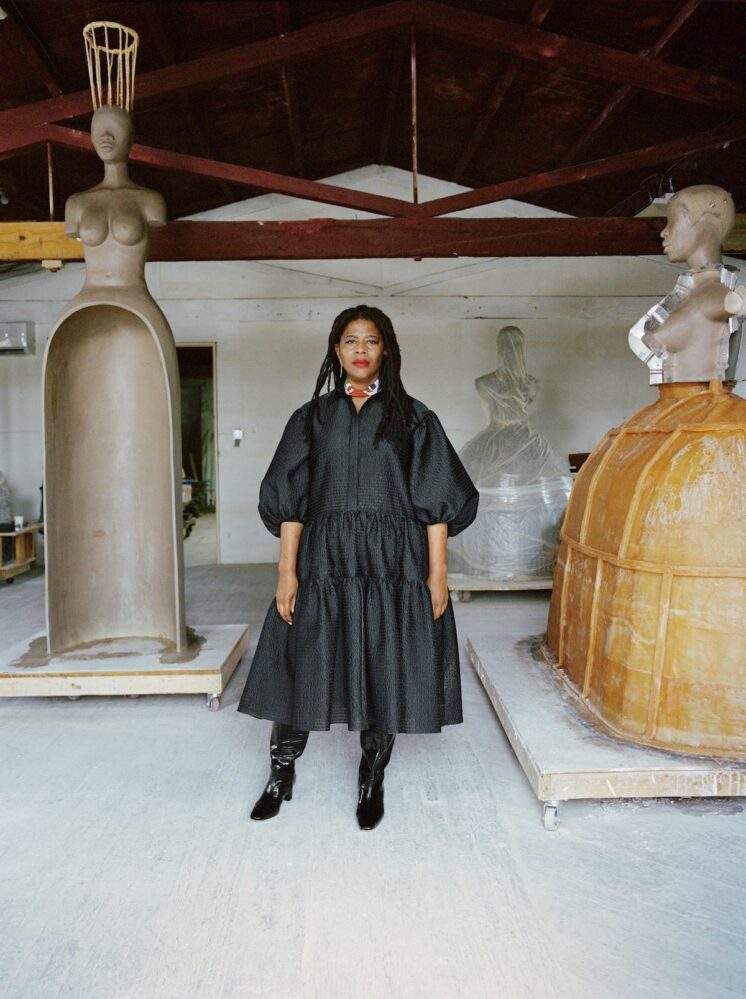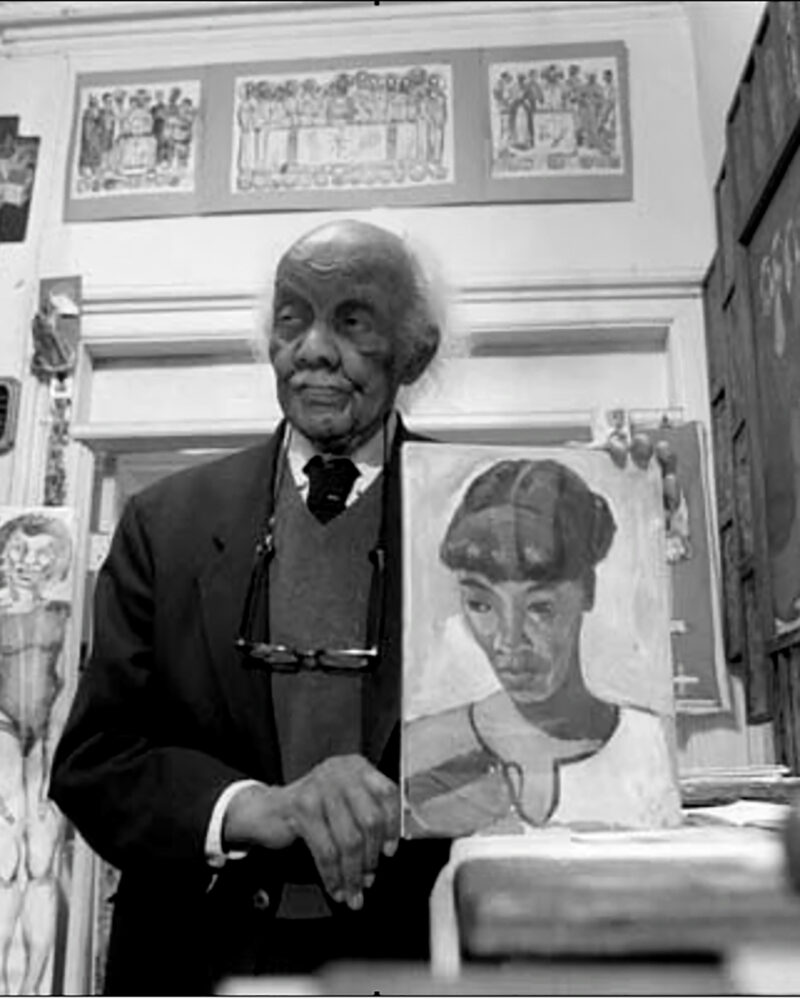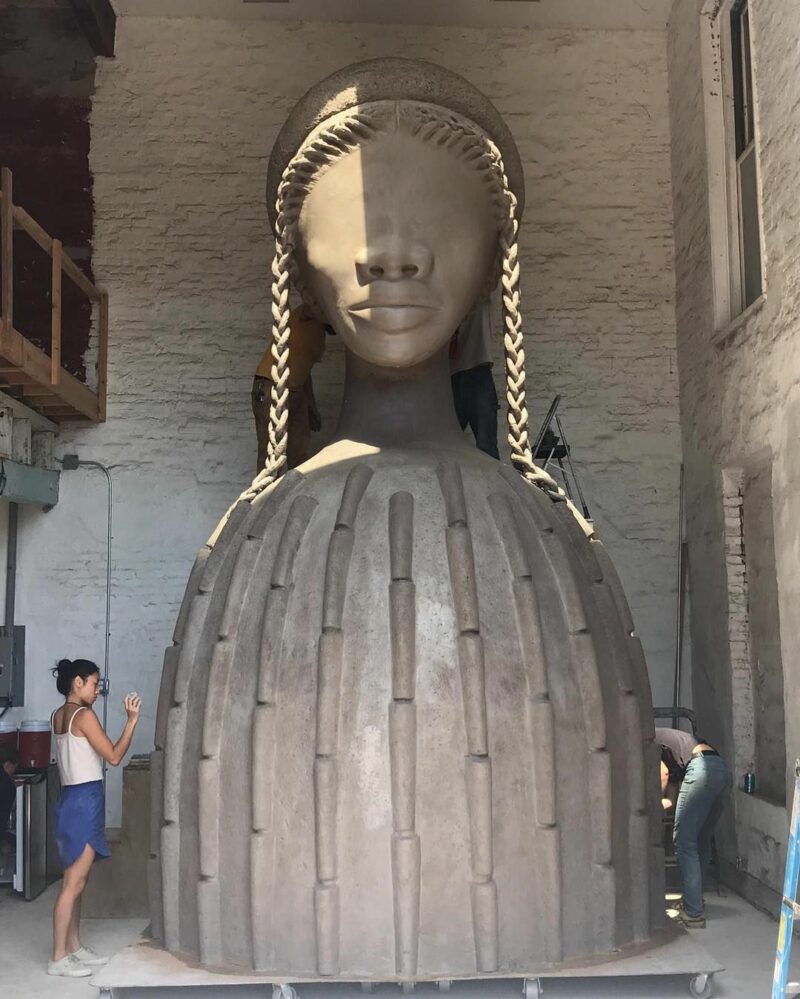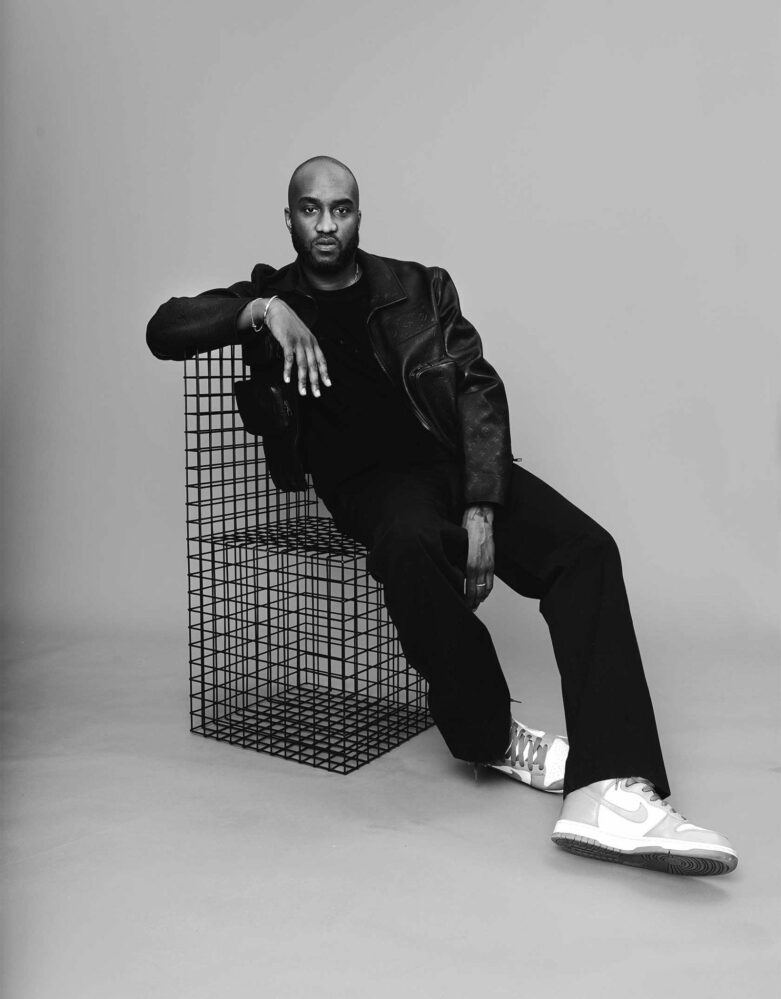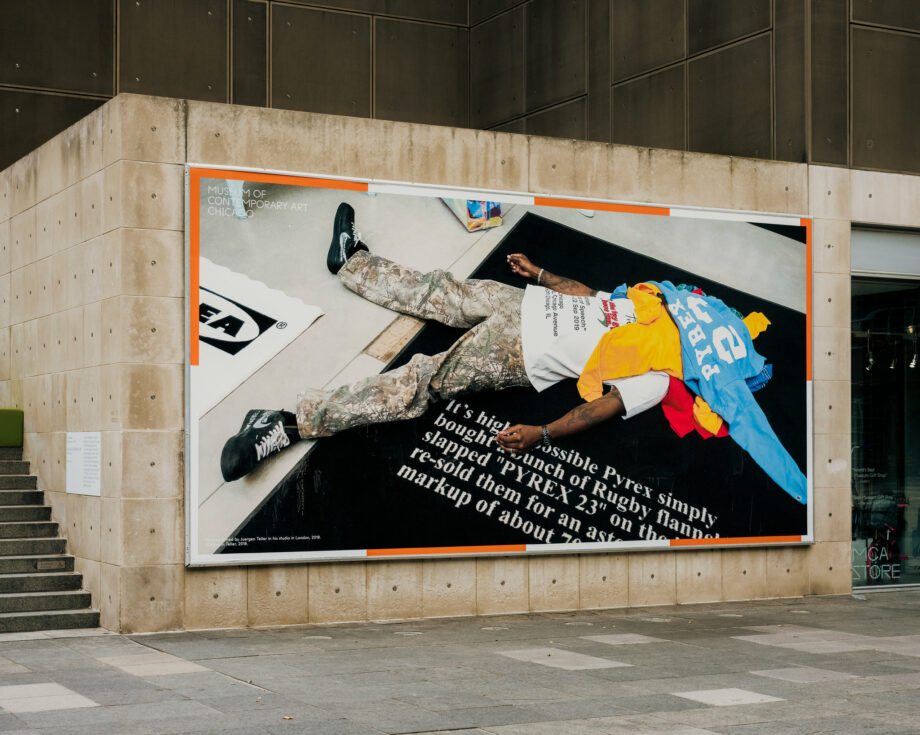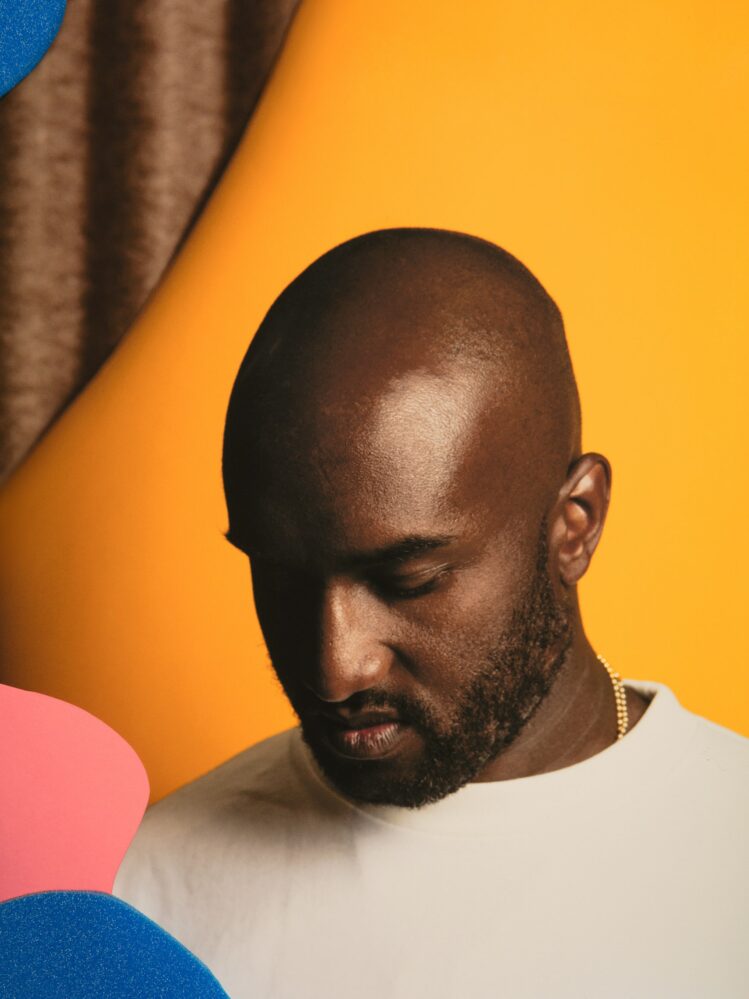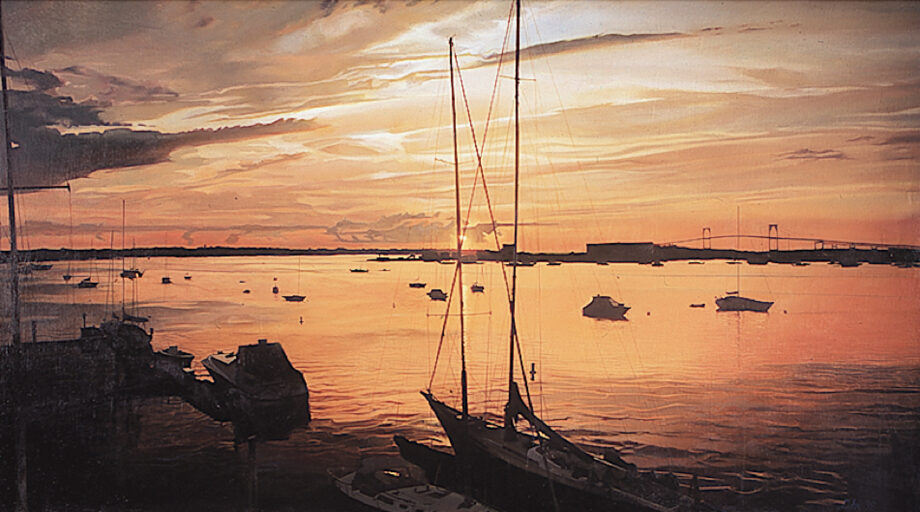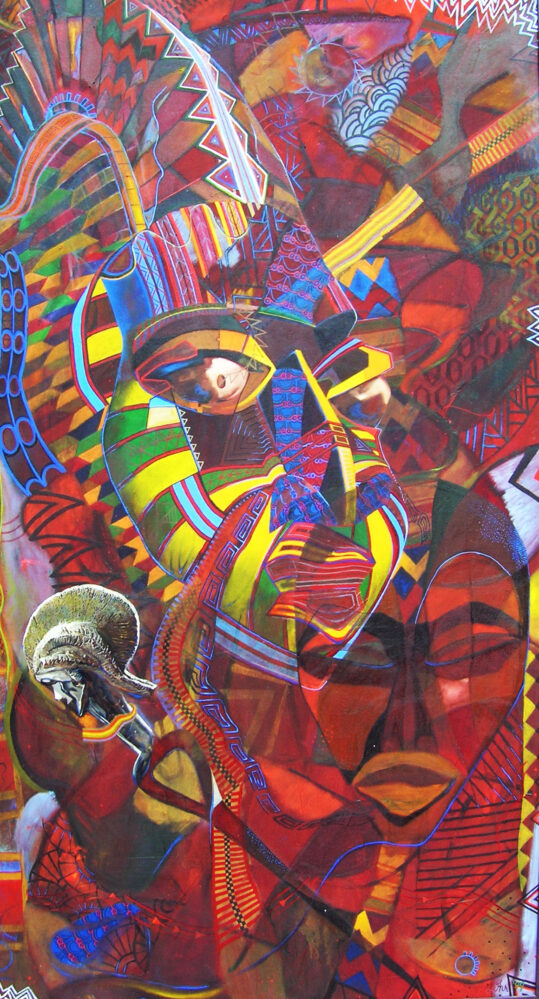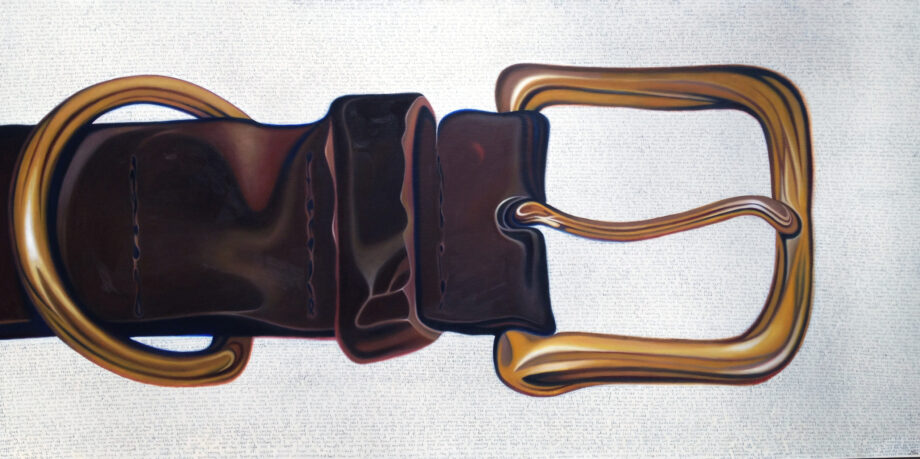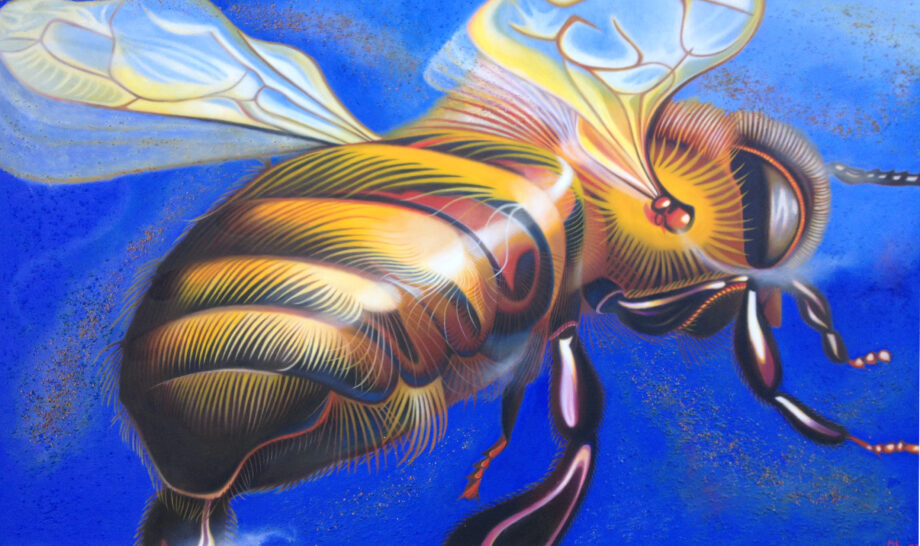This winter, the student leaders of Nobles’ Black Student Union (BSU) made a collective decision. They wanted Nobles to experience a fresh, meaningful celebration of Black History Month that felt uplifting and current. Rather than dwelling on the pain and injustice Black people have endured and continue to face, the BSU instead focused on the achievements and contributions of Black artists and creators.
In collaboration with the Diversity, Equity and Inclusion (DEI) department, Nobles librarians and Visual Arts Interim Department Head Curtis Mann, Class I BSU leaders developed a series of weekly assembly presentations throughout February. They introduced creative Black trailblazers, from artists Allan Crite and Simone Leigh, to the late Virgil Abloh, a visionary designer who reinvigorated the fashion house of Louis Vuitton. In addition to sharing examples of each artist’s work, they provided background about the artists’ lives, process, and inspiration.
The librarians and visual arts department helped BSU presenters carry over their presentations into the library and academic center, where striking selections of the artists’ work now enrich the walls.
Nannette Chatman and Sahr Matturi launched the series with Boston-based artist Allan Rohan Crite, best known for his authentic depictions of Boston’s middle-class Black community in the 1930s and 1940s. Crite described himself as an “artist/reporter,” and sought to portray ordinary life in African American neighborhoods. On looking at Crite’s work, Chatman said the nostalgia it evoked made her feel like “a memory had been awakened.”
Jeff Delva, Tope Adetunji and Khalid Abdulle introduced Chicago-born Simone Leigh, known for her sculptures, videos and public installations exploring racism and the subjective experiences of Black women. Abdulle said Leigh’s Brick House, a 16-foot-tall bronze bust of a Black woman installed at the High Line in Manhattan, made him think about how “Black people everywhere have to fight to create their own space while still looking powerful and graceful and supporting those around them.” Delva said both Leigh’s Basse Terre and No Face, which address women’s roles, made him reflect on the significance of his mother and sister in his life, and the “huge impact” they have made on who he is. Sentinel IV moved Adetunji because Leigh elevates the strength of Black women, which reminds her of the ones who mean a lot to her.
Ama Ndukwe and Kayla Lezama, who told the exciting and too-brief trajectory of late artist and fashion designer Virgil Abloh, illuminated his faith in and impact on young people—a group he uplifted because he felt they were underestimated. He frequently encouraged and supported students, telling them they were living in “a creative renaissance,” and said, “You know who I am most inspired by? That kid that hasn’t had the chance to showcase their brand yet. Those kids motivate the work I do every day. That’s the muse for me: the next generation.”
The series culminated in a talk by DEI Co-Director Edgar De Leon ’04 about Nobles’ own David Roane, who teaches painting and drawing. De Leon conveyed the BSU’s desire to show through the February series that “Black history is still alive today. Because of that, it was important to think about those artists amongst us, which led to Mr. Roane.” Roane, like Leigh, credits Chicago with being the place where his artistic identity “crystallized.” Showing some of his most personally meaningful paintings, he spoke about inspirations from traditional West African textiles to AfriCOBRA, the African commune of artists founded on Chicago’s South Side intent on defining a Black aesthetic. Through his work, De Leon said, Roane is “telling our story, telling his story, telling this community’s story, and lending humanity to it,” and called the community to come together to view and talk about the art on display in the library.

